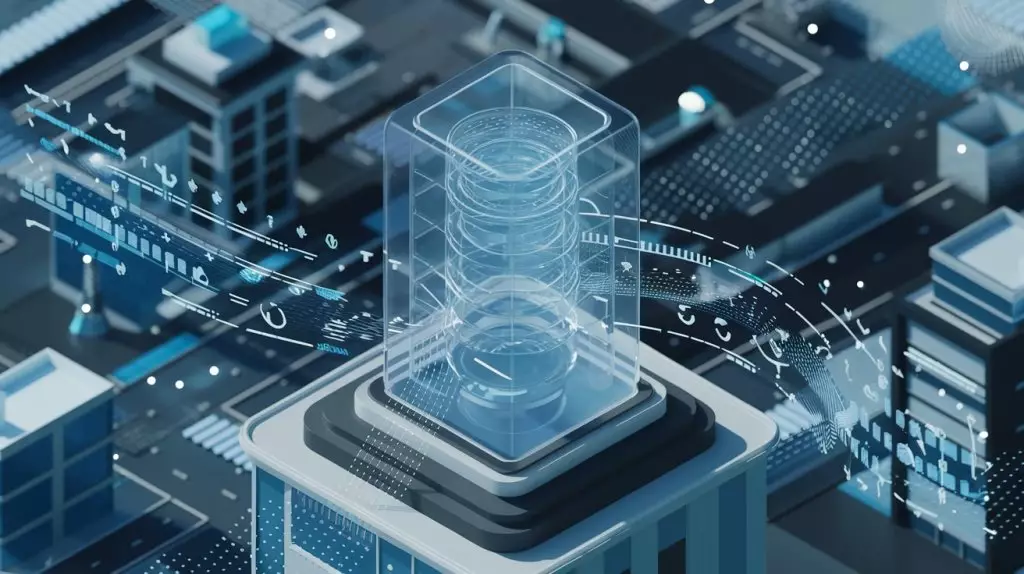In today’s rapidly advancing technological landscape, few architectures have garnered as much attention as the transformer. From large language models like GPT-4o and Claude to various AI applications such as text-to-speech and image generation, transformers are the common thread that ties these sophisticated systems together. Their prevalence in state-of-the-art AI underscores both their transformative power and significance. As we delve into the inner workings of transformers, it becomes essential to appreciate their pivotal role in reimagining machine learning capabilities, particularly in processing and interpreting complex data sequences like human language.
At its core, a transformer is a neural network model specifically designed for sequence data. This makes transformers exceptionally well-suited for tasks such as language translation, sentiment analysis, and automatic speech recognition. The exceptional success of transformers is primarily attributed to the attention mechanism that lies at their heart. By facilitating parallel processing of data, transformers can achieve unprecedented scalability when it comes to both training and inference.
Initially introduced in the landmark paper “Attention Is All You Need” by a team from Google in 2017, the transformer architecture was employed to improve language translation tasks through a novel encoder-decoder framework. This design has set the stage for subsequent innovations, including models like BERT, which marked an early iteration of large language models, albeit modest by today’s standards. The evolution of transformer-based models has continued, particularly with advancements spearheaded by organizations like OpenAI, leading to an insatiable appetite for larger, more data-rich models.
The steady growth of transformer-based models can be attributed to several innovations that enhance training efficiency and performance. The introduction of advanced GPU technology has revolutionized the landscape, allowing for faster and more effective multi-GPU training. Additionally, techniques such as quantization and mixtures of experts (MoE) facilitate reduced memory consumption, enabling even the largest transformer architectures to operate smoothly. New training algorithms like Shampoo and AdamW further optimize the training process, while methods like FlashAttention and Key-Value (KV) caching streamline computational efficiency.
These technical advancements showcase a relentless drive toward maximizing the capabilities of transformer architectures, suggesting that this trend won’t abate anytime soon. The focus remains on creating models that can process data more extensively and accurately, pushing the boundaries of what AI can accomplish.
When discussing transformers, it’s essential to differentiate between the encoder and decoder components. The encoder serves as a powerful tool for learning vector representations of data, which can facilitate various downstream applications, including text classification and sentiment analysis. Conversely, the decoder takes these latent representations and generates new content, making it particularly useful for tasks that require sentence completion, summarization, and other generative capabilities.
Though models like GPT primarily employ a decoder-only structure for their operations, the traditional encoder-decoder architecture thrives in sequence-to-sequence tasks like translation. A key feature across both architectures is the attention layer, responsible for enabling models to understand and prioritize context from words throughout an input sequence. Understanding the nuances between self-attention and cross-attention—where the former analyzes word relationships within a single sequence and the latter connects words across different sequences—is crucial for grasping how transformers harness contextual insights.
As we look towards the future, one of the most exciting developments in the realm of transformers is the emergence of multimodal models. OpenAI’s GPT-4o exemplifies this trend, demonstrating an unprecedented capability to process and integrate text, audio, and visual data into coherent outputs. The implications of multimodal applications range far beyond theoretical possibilities; they present myriad opportunities for improving accessibility and empowering users with diverse needs.
For instance, consider the impact of a multimodal application that allows visually impaired individuals to interact with their environment through voice and audio interfaces. The potential for enhancing the quality of life through such technologies is immense, highlighting the broad societal implications of transformers. As AI continues to mature, the pursuit of innovative multimodal applications remains a key area of interest, promising new use cases that could revolutionize our interactions with technology.
The role of transformer architecture in modern artificial intelligence cannot be overstated. With their unprecedented scalability, innovative training techniques, and versatility across a range of applications, transformers have solidified their place as the backbone of large language models and beyond. As the field continues to evolve, the focus on harnessing and expanding these capabilities will undoubtedly lead to exciting breakthroughs that further redefine our understanding of AI and its potential in our daily lives.









Leave a Reply